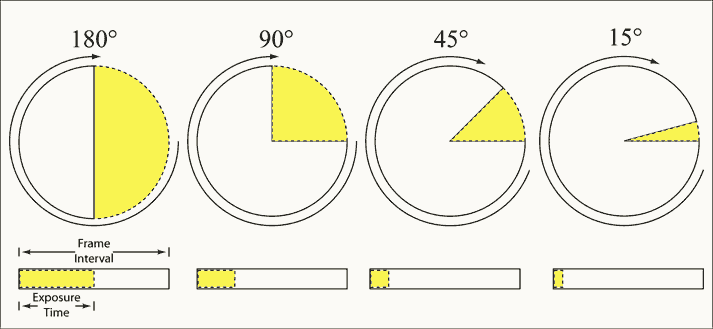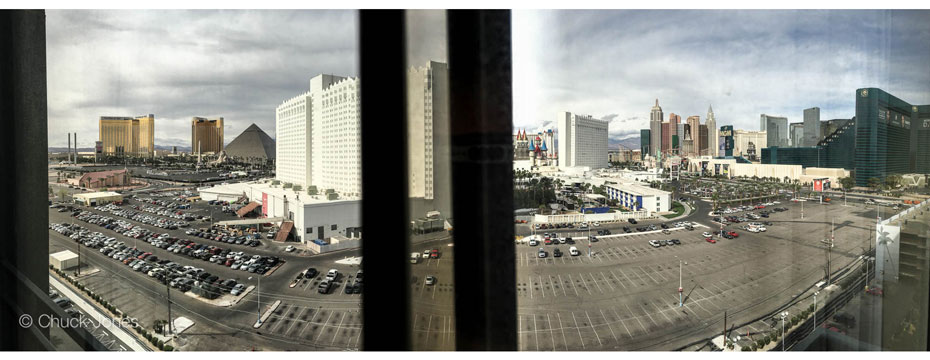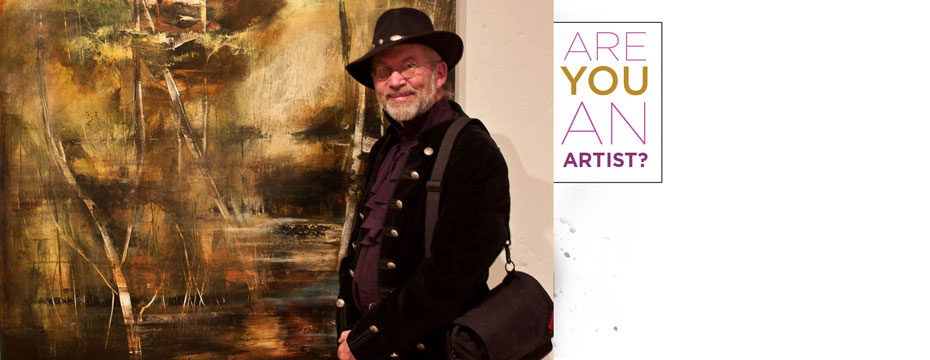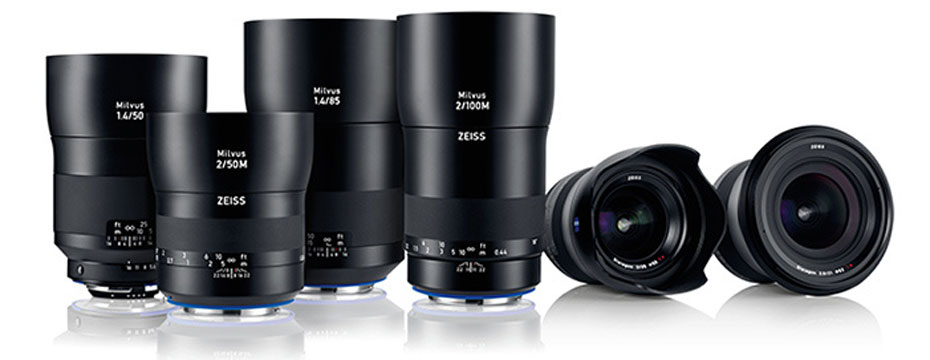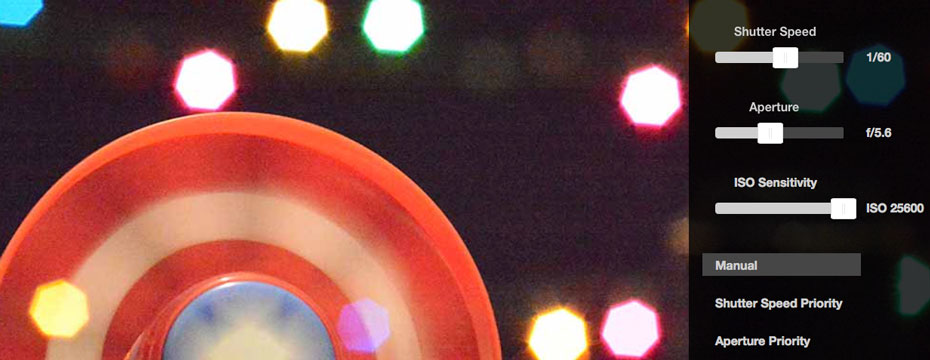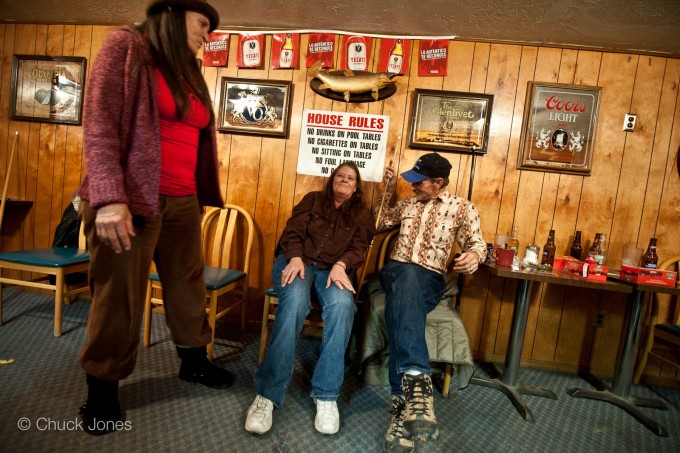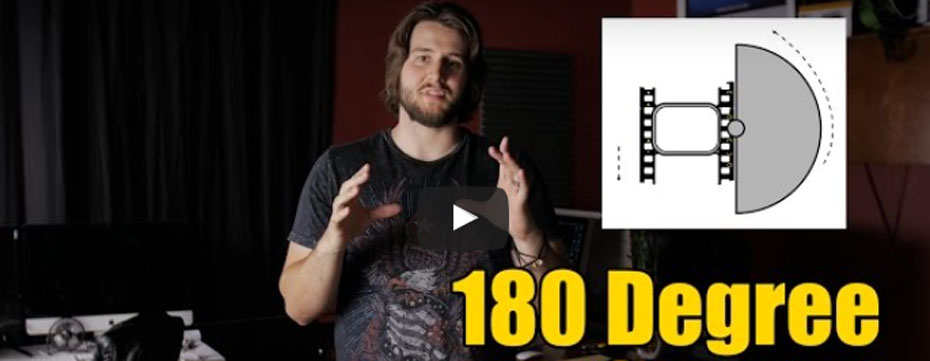
The 180 Degree Shutter Rule
Did you see yesterday’s article on the Exposure Triangle for still photography? It’s here: https://thecameraforum.com/exposure-triangle/ For video cameras, the same rules apply. There are 3 ways to control exposure internally on a camera, ISO, Aperture, and Shutter Speed or “Angle” as it is called on moving film cameras. For video, where movement is the rule vs the exception, the meanings of each control are a bit different however.
For video, ISO affects noise performance, Aperture controls the depth of field and Shutter Speed sets the motion blur. You often see amateur videos shot at different shutter speeds with varying amount of motion blur. The question then becomes is there really such a thing as “the right way to do it?” You bet there is! It’s called following the 180 Degree Shutter Rule.
Many modern video enthusiasts and filmmakers are self taught, so it’s not at all uncommon to run across a few filmmakers that don’t know what the 180 degree shutter rule is, or why they should even care or follow it. So what is the 180 Degree Shutter Rule? The 180 Degree Shutter Rule states that your shutter speed needs to be one over two times your frame rate. In the video above by Stronz Vanderploeg, Stronz explains a lot about the 180 Degree Shutter Rule, the effects of different shutter speeds on video, and gives us some pretty compelling visual evidence why he endorses and follows the 180 Degree Shutter Rule himself, as I do.
Let’s turn to Wikipedia for some history on the 180 Degree Shutter Rule: “A rotary disc shutter is a type of shutter. It is notably used in motion picture cameras. Rotary discs are semicircular mirrors that rotate in front of the film gate, and thus expose the film. As the mirror spins it reflects the image onto the ground glass so that it can be viewed by the camera operator part of the time. The other part of the time the mirror allows the light to pass onto the film. On simple cameras this shutter is fixed and usually semi-circular. On more advanced cameras the shape of the shutter can be adjusted. This shutter setting is referred to as the shutter angle.
Adjusting the shutter angle controls the proportion of time that the film is exposed to light during each frame interval. The angle of the shutter forms a proportion to the time that each frame of film is exposed.”
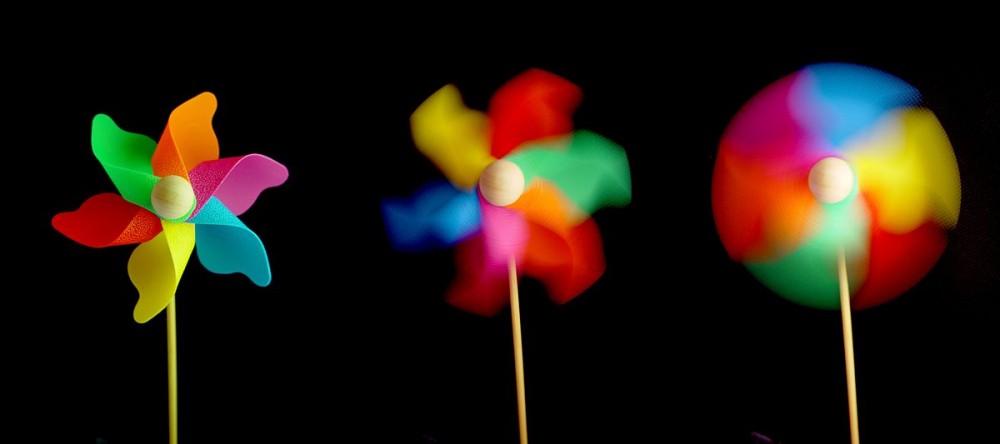
The Effect of Different Shutter Speeds on a Photograph.
“Windflower-05237-nevit” by © Nevit Dilmen. Licensed under CC BY-SA 3.0 via Commons – https://commons.wikimedia.org/wiki/File:Windflower-05237-nevit.JPG#/media/File:Windflower-05237-nevit.JPG
Following the 180 Degree Shutter Rule will give the best Professional look to your video, so is advisidly the best rule to follow in making your exposure choices. Break it if you want once you understand it, but break it at your own risk!
Please rate this story and share it with your friends! [ratings]


